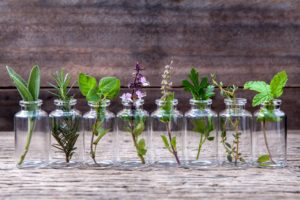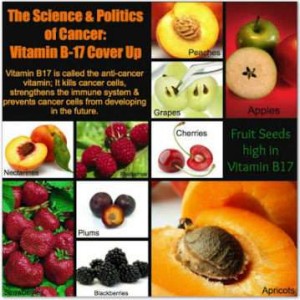- Basil
- Lemon Balm
- Oregano
- Peppermint
- Rosemary
- Sage
- Spearmint
- Stevia
- Tarragon
- Thyme
The Health Benefits of Fasting

Some interesting data here. One counter is that according to the data I read some time ago, the studies of fasting in humans have never revealed the same life extension benefits that those in mice etc. have shown.
http://www.collective-evolution.com/2015/12/11/neuroscientist-shows-what-fasting-does-to-your-brain-why-big-pharma-wont-study-it/
Surprising Discovery Reveals How Broccoli Fights Cancer
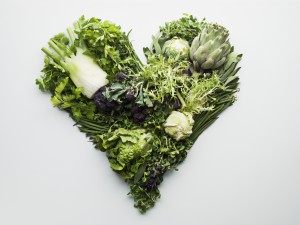
Broccoli — and to an even greater degree broccoli sprouts — has gained a reputation as a potent cancer-fighter, and recent research sheds new light on the actual mechanics behind its chemoprotective abilities.
http://articles.mercola.com/sites/articles/archive/2017/04/03/how-sulforaphane-fights-cancer.aspx
Antibiotics that kill gut bacteria also stop growth of new brain cells

Antibiotics strong enough to kill off gut bacteria can also stop the growth of new brain cells in the hippocampus, a section of the brain associated with memory, reports a new study in mice. Researchers also uncovered a clue to why — a type of white blood cell seems to act as a communicator between the brain, the immune system, and the gut.
https://www.sciencedaily.com/releases/2016/05/160519130105.htm
Largest, Longest Study on Mammograms Again Finds No Benefit

One of the largest and longest studies of mammography to date, involving 90,000 women followed for 25 years, found that mammograms have absolutely NO impact on breast cancer mortality
http://articles.mercola.com/sites/articles/archive/2014/02/26/mammograms.aspx
The Seeds Banned by The FDA. Truth From a 40-Year-Long Cover-Up Revealed
Watercress: The Mind-Blowing Effects on Ovarian, Breast and Prostate Cancer Nobody Told You
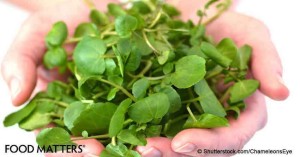
Watercress is great!
It has bee found that the anti-cancer properties of various foods multiply when eaten together.
Salmon, walnut and watercress were a good combination.
Chicken and broccoli was another. (13 times the anti-cancer properties over eaten individually.)
The curcumins in turmeric are potent anti-cancer agents but are difficult to absorb.
Eating phospholipids with turmeric increase the absorption of the turmeric by 39 times!
Eggs are high in phospholipids.
Black pepper aids the absorption of other nutrients by up to 2,000%.
(That’s why drug companies put the active ingredient, peperine, in drug formulae, so they don’t need as much drug to get the desired effect.)
How about a small piece of wild-caught salmon with an egg, garnished with walnuts and watercress, oinion and garlic, salt, pepper and turmeric with some bacopa (memory boosting) and gotu kola (Chinese anti-ageing herb) for breakfast?
What a way to start the day!
http://www.foodmatters.com/article/these-vegetables-can-kill-cancer-stem-cells
Are You Really Living?
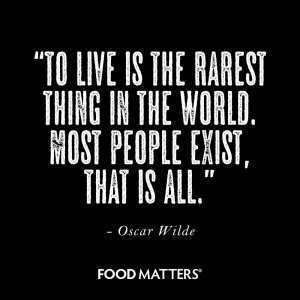
If you do not have the energy to live life to the fullest, read what Kim sent me regarding his latest delivery of my NutriBlast(R) Greens Plus nutrition powder:
Ge-day Tom,
I received the order TKU! I’m taking the Kryptonite daily and the energy level is out through the roof again!
From Kim
Look at what I have created to satisfy what your body may be missing out on:
http://www.healthelicious.com.au/Nutri-Blast-Greens-Plus.html
Peace For Syria (And the Rest of the World)!
The US missile strikes in Syria are an unconstitutional and unwarranted act of aggression against a sovereign state to further geopolitical objectives justified by a false flag operation. This is terrorism.
It also further increases the risk of war between the US and Russia. This benefits nobody long term.
We need to replace this terrorism with sanity in government.
Yanks, please insist your Congress reign in your military industrial complex controlled executive branch. Here is a petition to do so.
Dear Tom,
Last night, President Trump launched a major missile strike against Syria, stating that the action was in retaliation for the deplorable chemical weapons attack on Syrian civilians earlier this week.
As The Nation’s John Nichols points out, the Constitution requires authorization by Congress—something Trump did not have—to declare war. And Congress is about to leave Washington for its spring recess. Nichols quotes Representative Barbara Lee, the lone vote against President George W. Bush’s 2001 Authorization for the Use of Military Force: “at a time when President Trump stands on the verge of marching our nation into another war with unknown costs and consequences, Congress should not be on recess. I urge the Speaker to honor the Constitution and require a debate and vote on any further use of force in Syria.”
We’ve launched a petition demanding that members of Congress cancel their spring recess to rein in Trump’s illegal war. You can click here to sign,
https://www.thenation.com/article/demand-that-congress-cancel-its-recess-to-rein-in-trumps-illegal-war-in-syria/
but don’t stop there. Call your representatives with the same message. You can reach them at the Congressional switchboard at 202-224-3121 or find your senators’ numbers here and representative’s number here.
It is vital that Congress feels the heat from constituents angry about yet another illegal war in the Middle East. Sign our petition, then call your members of Congress now and demand they rein in Trump’s illegal war.
All the best,
Sarah Arnold
PS: Under the Trump administration, our watchdog journalism is going to be more important than ever. Click here to subscribe today.

